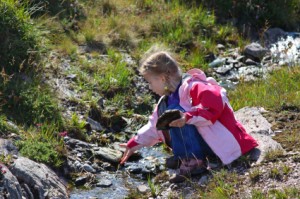As promised here is a post about when EI doesn’t lead to pro-environmentalist behavior.
Many factors can come into play when determining pro-environmental behavior. These can overshadow potential effects of identity. Let’s start by looking at external factors, which originate from outside the individual. Here are the main ones worth considering:
1) Behavioral affordances.
This refers to what is allowed or facilitated by the physical and social environment. This is frequently overlooked but as you can see it’s basic common sense. Motivation becomes irrelevant if our situation prevents us from acting pro-environmentally. An example is when we have no control over air conditioning but we are freezing our buns off in the classroom. This happens a lot at NTU, because most classrooms don’t have their own AC unit.
Aside from situations hindering sustainable behavior, they can also be designed to facilitate/promote it. Universities such as NUS and NTU now have recycling bins all around campus, making it everyday practice to recycle.

(nus.edu.sg)
2) Norms (moral and social).
We look to others to guide our behavior, as society rewards conformity. This is particularly true in collectivist countries like Singapore. Interestingly, norms may not influence behavior on a conscious level, as people will often dismiss them as the reason behind their pro-environmental behavior.
Norms have proven to be more powerful then simply providing information about how to be environmentally responsible, thus they are now used in many campaign strategies.
Moral norms can also be powerful, as caring for the environment can be considered an issue of right and wrong.
If we think carefully, many norms in our society can promote unsustainable behavior, but others, especially in Singapore, can be pro-environmental. The one that comes to mind is the norm on littering. Whenever I meet expats who just arrived in Singapore, and they throw a cigarette on the ground, the social disapproval and gasps of astonishment they are met with sees them instantly pick it back up in a flurry. This never fails to make me giggle!
I also can’t help but mention STOMP. I think the picture below says it all.
 (screenshot stomp.com.sg)
(screenshot stomp.com.sg)
3) Reinforcement contingencies.
This is based on the principles of operant conditioning (psychology students will be familiar with this). Basically it dictates that behaviors with positive consequences are likely to be repeated, whilst those with negative consequences become less frequent. In some cases, there may be incentives to act unsustainably, getting in the way of what an environmental identity may encourage you to do. An example is the attention and admiration we get if we drive a cool car.

(via quickmeme)
In other circumstances we may get punished for acting sustainably, such as frequent breakdowns in the MRT. If this were to get worse, it could potentially encourage more people to buy cars (if they can afford it).
Alright, so those are some of the factors that influence our behavior. This post is intended to illustrate that EI is not a sure way to promote sustainability. Human beings are complex, and this post itself is just a glimpse into some of the ways we are influenced. Hope you enjoyed reading!
How do trees get on the internet?……They log in! 
![]()
















